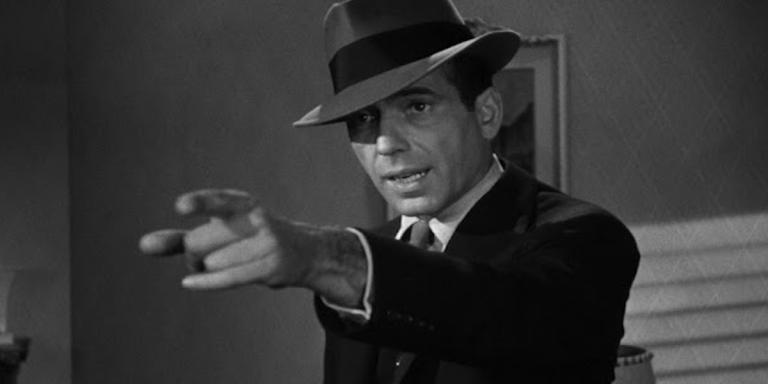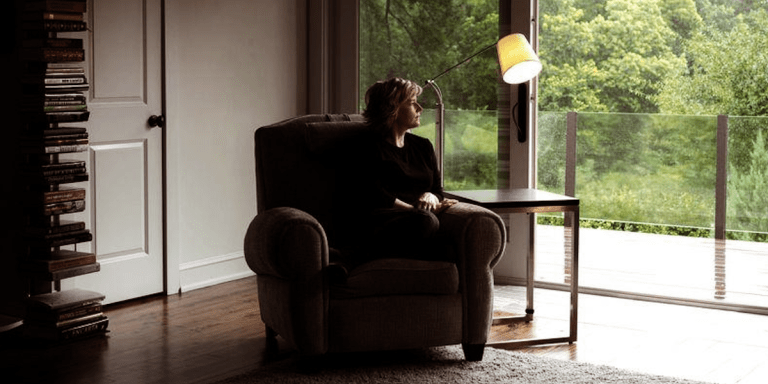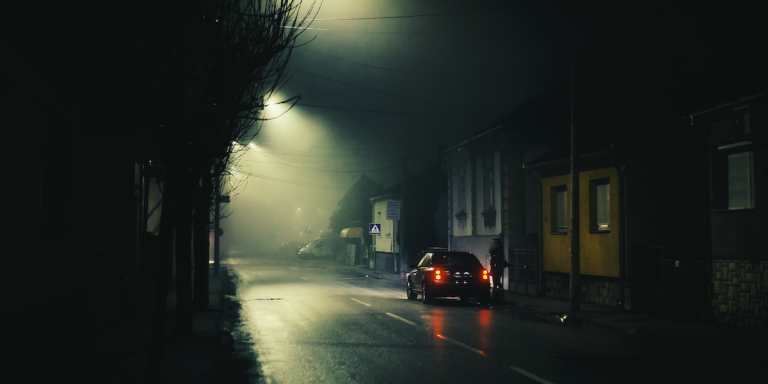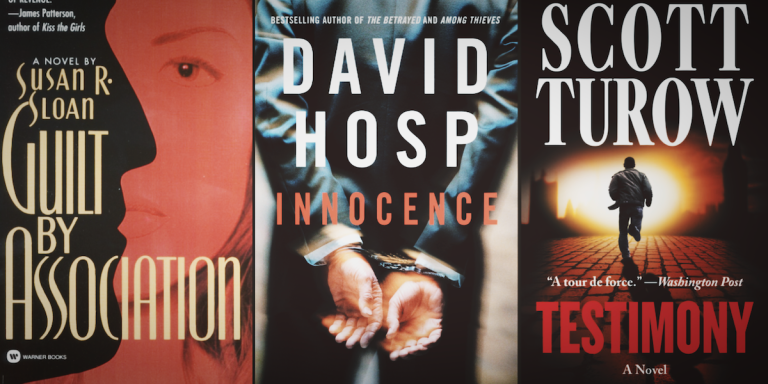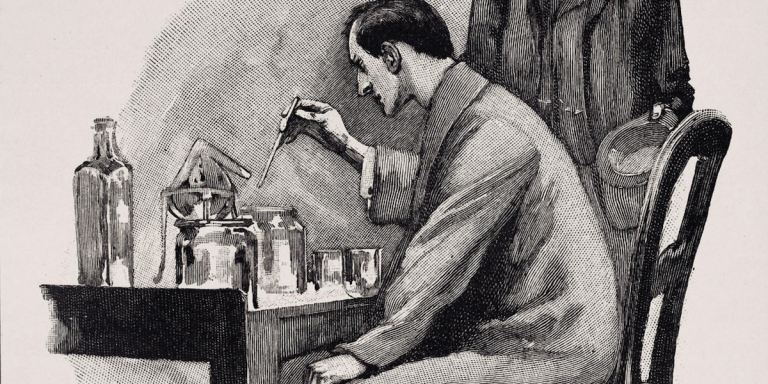Breaking Crime Fiction Stereotypes With Veronica Gutierrez
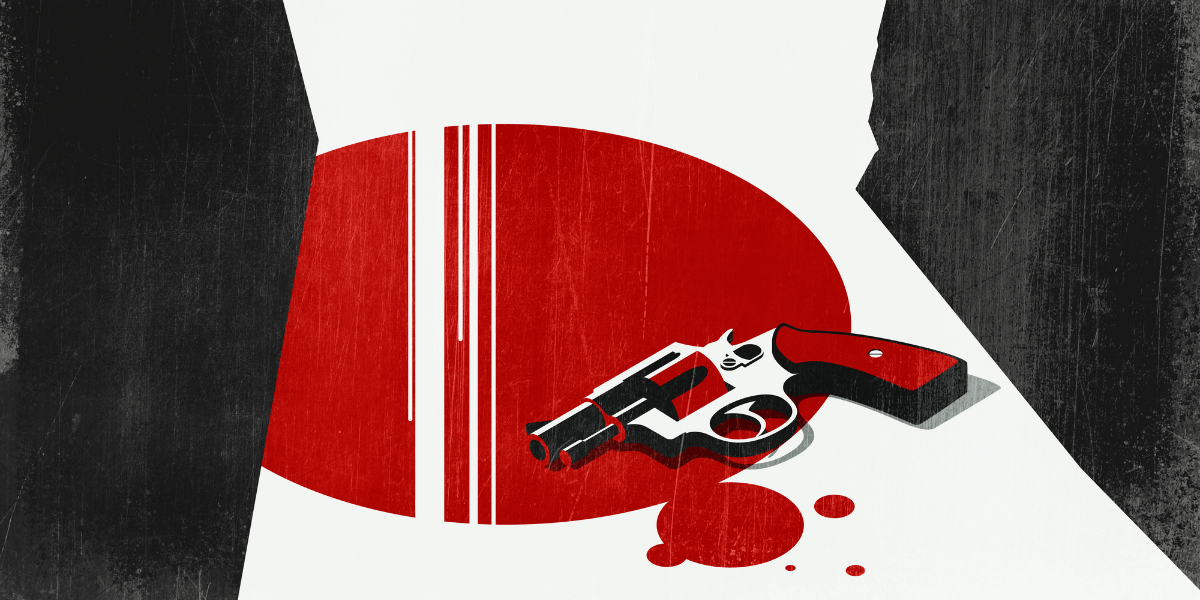 There are mystery novel stereotypes or archetypes that we all love. Some are easily identifiable by the type of detective. One is the hardboiled, hard drinking, smoking, seen-it-all, veteran investigator, usually a white man. Think Sam Spade of Dashiell Hammett’s The Maltese Falcon or Raymond Chandler’s Phillip Marlowe in The Big Sleep. It doesn’t hurt that Humphrey Bogart plays them so well on the screen. Another archetype is the amateur, sometimes accidental, sleuth in a cozy mystery, usually an older white woman. Think Agatha Christie’s Miss Marple or Jessica Fletcher of the television show Murder She Wrote. Their predictability does not make them any less interesting because the characters and stories are well developed.
There are mystery novel stereotypes or archetypes that we all love. Some are easily identifiable by the type of detective. One is the hardboiled, hard drinking, smoking, seen-it-all, veteran investigator, usually a white man. Think Sam Spade of Dashiell Hammett’s The Maltese Falcon or Raymond Chandler’s Phillip Marlowe in The Big Sleep. It doesn’t hurt that Humphrey Bogart plays them so well on the screen. Another archetype is the amateur, sometimes accidental, sleuth in a cozy mystery, usually an older white woman. Think Agatha Christie’s Miss Marple or Jessica Fletcher of the television show Murder She Wrote. Their predictability does not make them any less interesting because the characters and stories are well developed.
Thankfully, there follows the detective who melds the two, the badass woman who battles the establishment while conquering her own demons. Think Sara Paretsky’s V.I. Warshawski, or Cara Black’s Aimée LeDuc, or Sue Grafton’s Kinsey Millhone. I say thankfully because these series do not feature “broken” characters as their protagonists. Flawed, imperfect works in progress, yes. Nearly pathetic humans, no.
Others break the mold in a continuing arc toward greater diversity and realism. Attica Lock’s Texas Ranger Darren Mathews and Cheryl Head’s private investigator Charlie Mack come to mind. Of course, the Black Texas Ranger and the Black lesbian private investigator were preceded by the likes of Easy Rawlins, Walter Ellis Mosley’s classic private investigator from Watts, and Henry Rios, Michael Nava’s gay defense attorney. Today, Paretsky, Black, Rawlins, and Nava are just some of the many writers who can take credit for inspiring greater diversity in crime fiction. Attica Locke and Cheryl Head continue to do the same. As does Naomi Hirahara with her mystery novels drawing on the rich history of Japanese Americans, especially her latest novel Clark and Division. All of these authors were preceded by the great Chester Himes with his groundbreaking novels featuring some of the genre’s best-named protagonists Grave Digger Jones and Coffin Ed Johnson—to say nothing of his other trailblazing literary works.
In recent times, much has been made of “own voices” fiction, that of people of color who are purportedly sought after by publishers. The question remains whether this is a fad or a real commitment to audiences wanting to see themselves in fiction. Fortunately, there are small presses whose commitment to diversity is real and longstanding. They’ve found a way to reach their audience. A quick scan of diversity initiatives by large and small publishers indicates that more diverse fiction is in the offing. The real question is whether they’ll maintain the same commitment that some small presses in this area always have. Will they retain diverse staff who can spot promising talent? Will they back new fiction in this area with marketing support? Will they accept the idea that in some of these novels the world building requires a minority of white characters if they are to be authentic?
My own world building reflects my real world which is made up of close, supportive family and friends of color, many of them gay and some transgender. Sure, I have white friends as well, but they are a minority in my community of friends. Mainstream fiction does not often represent communities like mine from within, but we definitely exist. Our communities may be depicted from a mainstream perspective, something that we’re used to in real life. Personally, my experience in the corporate world was much whiter than my experience in municipal government, in non-profits, in community organizing, and certainly at home. The millions of us who live in these two worlds have become proficient code-switchers, moving from one world to the other with ease and authenticity because we must exist in both worlds. I’m not referring only to changes in vernacular and appearance, but also to attitude, presence, and other intangibles that make one feel at home and accepted in either world. The occasional art house film will showcase these elements, but there is enough material out there for so much more written fiction. I am glad that more publishers are joining other that have long seen the value of bringing our stories to the public.
Order the Book
Former LAPD cop-turned private investigator Yolanda Ávila blames herself for her mother’s death. If she’d only followed her cop instincts instead of the juju—her random prophetic dreams—the perpetrator would have been off the streets and her mother would still be alive. The only salve against her guilt is Yolanda’s vow to reject that juju crap, and to solve cases using only good solid detective work.
But when her godson is kidnapped and his parents are suspected of murder, Yolanda finds herself caught between what she feels and what she knows. And with the escalation of the case comes the escalation of her dreams. Until she can no longer ignore their importance.
If she wants to overcome the guilt and deal with her pent-up grief, Yolanda must confront the juju and learn to trust its place in her life. If she doesn’t, she risks losing yet another loved one. And she can’t possibly let that happen.
By clicking 'Sign Up,' I acknowledge that I have read and agree to Hachette Book Group’s Privacy Policy and Terms of Use
